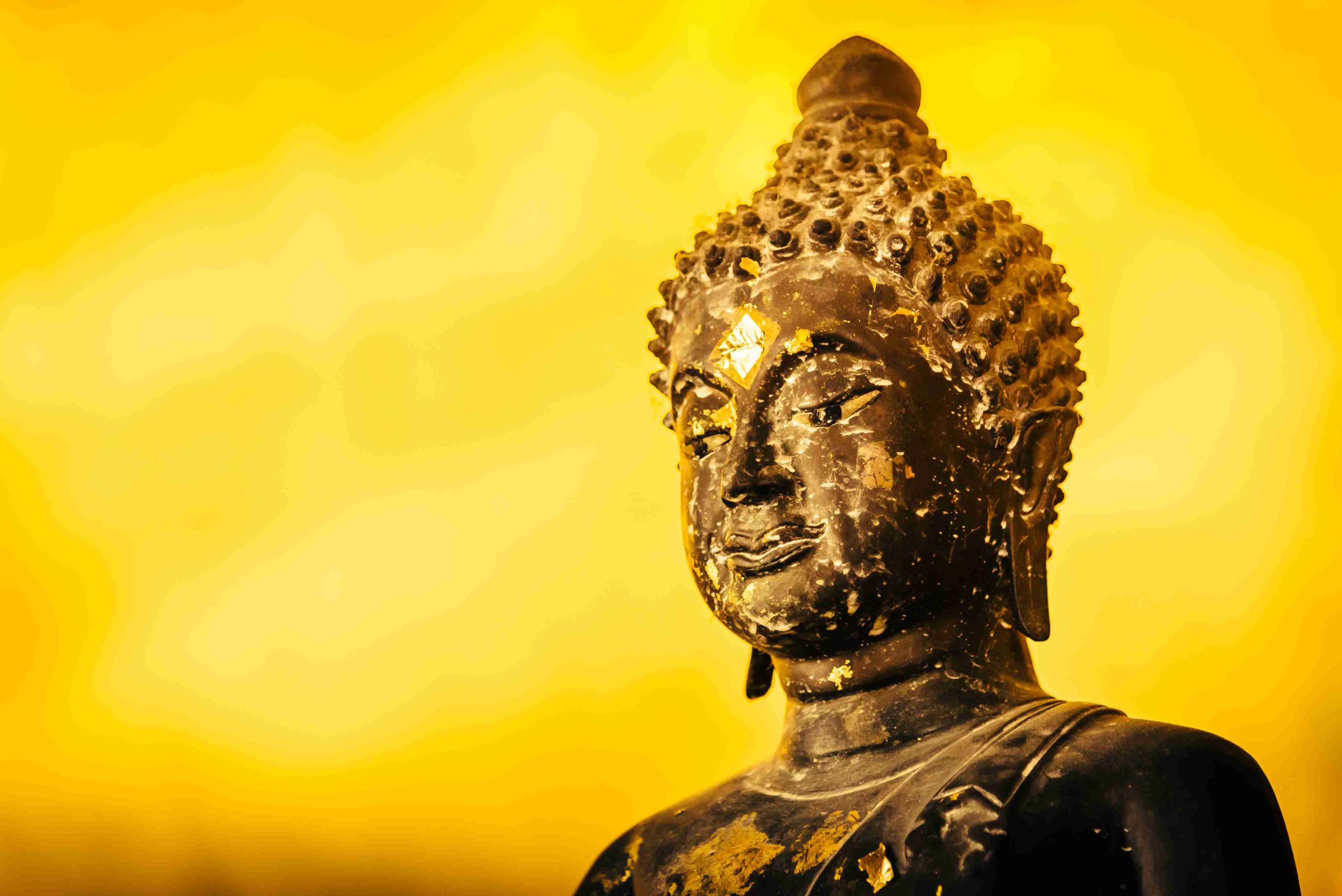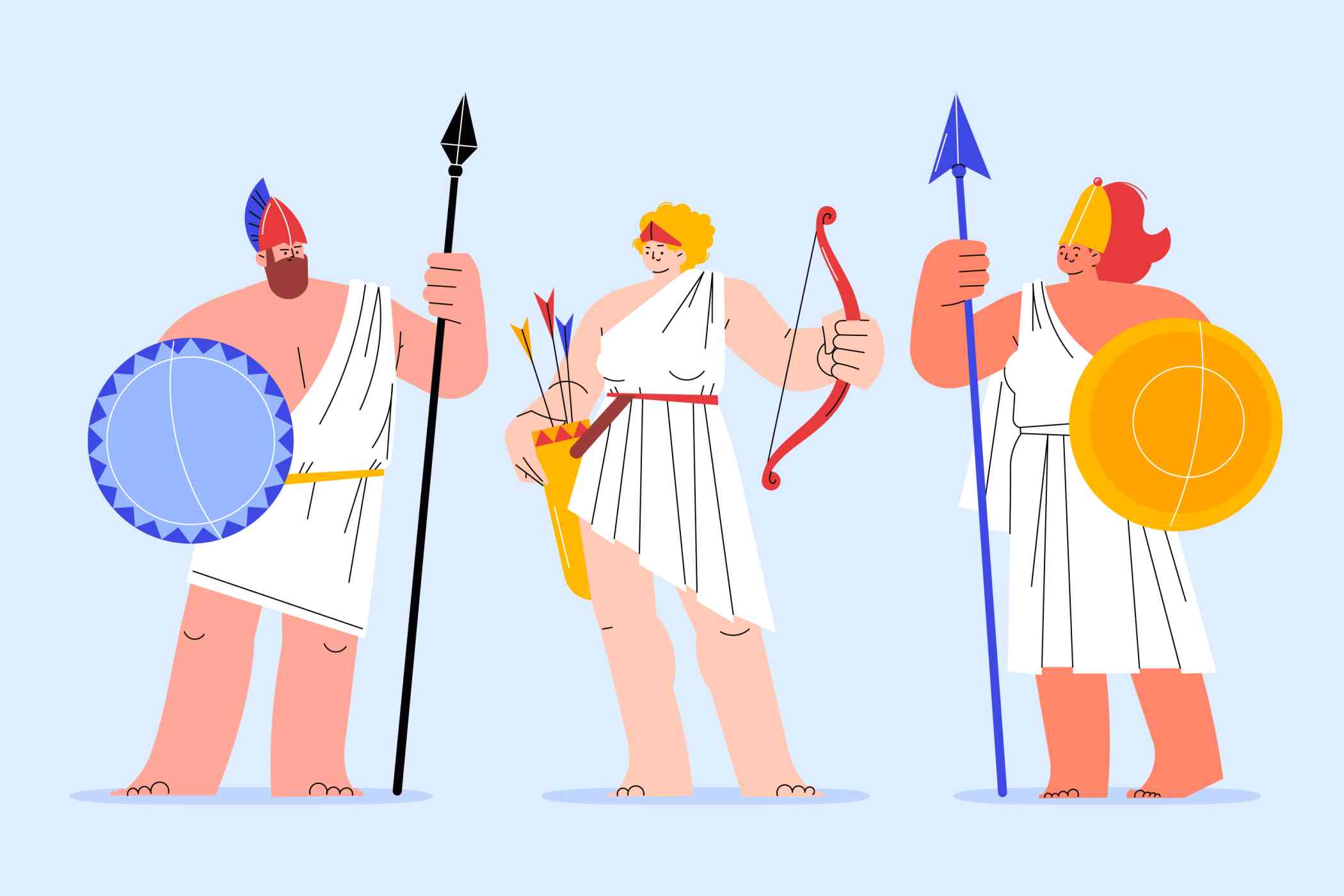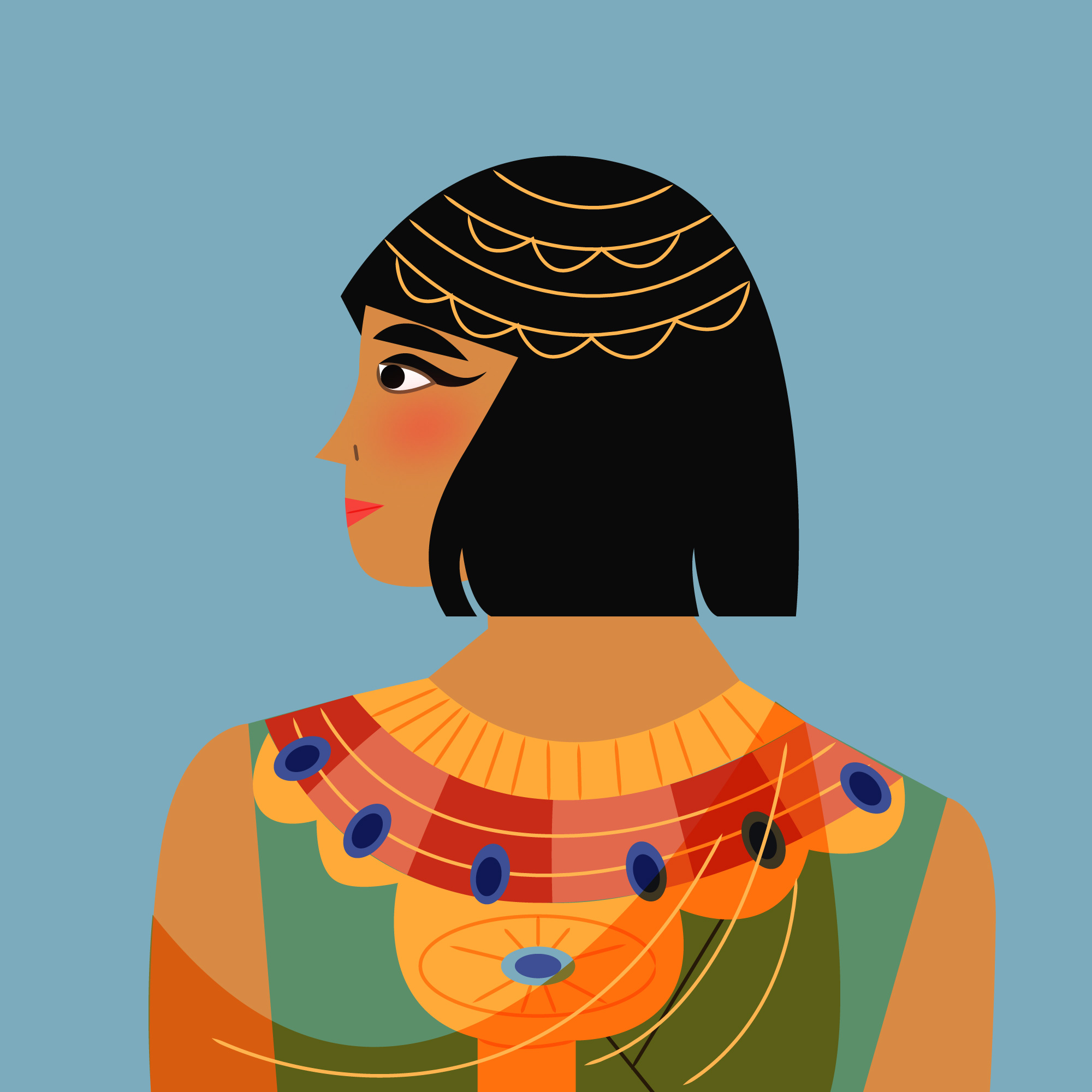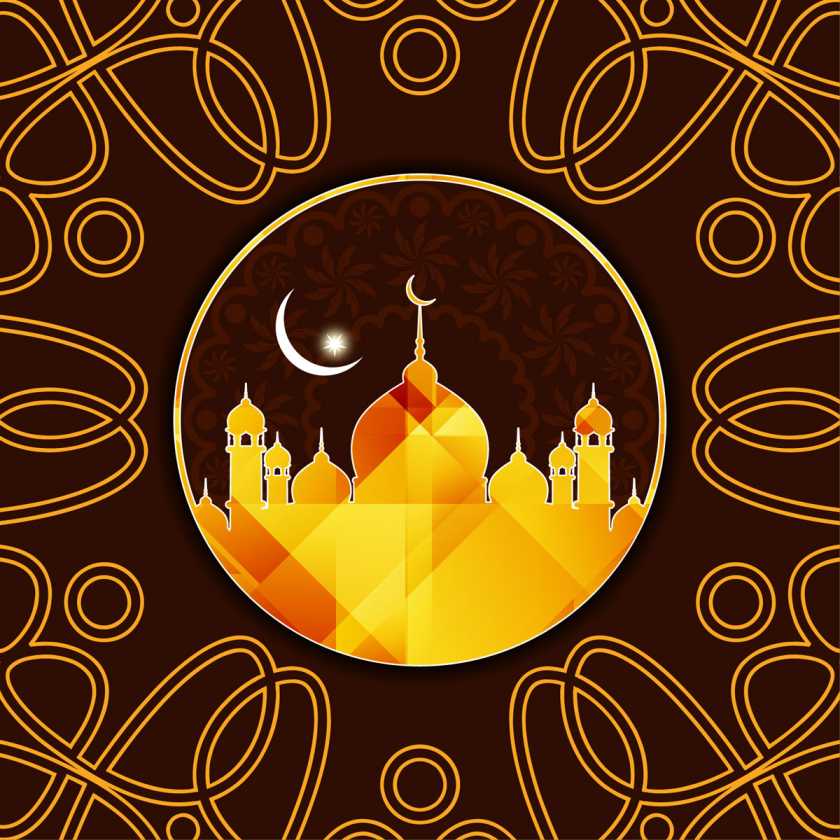The Islamic Golden Age, which began from about the 8th and went on until the 14th centuries, was a magnificent stretch in the history of the Islamic world-the period where remarkable cultural, scientific, and intellectual achievements were made. The library was one of the prominent institutions that guided the achievement of this phenomenal canine victory. More than mere building housing the books, libraries then were vibrant learning, collaboration, and preservation spaces for knowledge that would shape generations to come.
The great public libraries, such as the House of Wisdom in Baghdad, were established at this site and became one of the richest centers of learning worldwide. Here, scholars of different cultural backgrounds encounter each other and share their knowledge boundlessly while participating in multidisciplinary research investigations. Libraries were not merely book-storing facilities; they served as active scholarly spaces for dialogue, criticism, and growth of ideas.
These libraries also had an important role in the translation movement, which aimed at translating great texts produced by people from many ancient civilizations around the world. Scholars threw together texts written by Greek, Roman, Persian, and Indian authors, then translated them into Arabic. This kept critical and scientific information and gave access to a wider audience, while systematic translations of philosophic, mathematical, astronomical, and medical works played an important role in making it possible for Islamic scholars to develop and sometimes even excel in their knowledge above others.
The great contribution of libraries in the making of the original works in the Islamic Age was as important as integration of various branches of sciences that molded innovative work. It was famous mathematicians like Al-Khwarizmi who had the very basic foundation of algebra, and ground breakings in optics by some other greats such as Ibn al-Haytham. These great discoveries were then carefully recorded in library holdings where they became a depository of this precious knowledge, safeguarded to future generations.
The universities were also libraries, as they held lectures, discussions, and debates, which taught and learned with extra dissemination of knowledge and also sharpened critical faculties and teamwork among scholars. Extending the reach of libraries as bastions of learning, these institutions include Al-Qarawiyyin in Morocco and Al-Azhar in Egypt.
Libraries, like centers of repositories of information, caried bookmaking, preservation of manuscripts, and the making of catalogs-all methods that ensured the survival and accessibility of scholarly works. Scribes and scholars carried on painstakingly copying texts by hand so that important sources of knowledge would not be obliterated by the political troubles and tensions of the time.
Following the impact that these libraries had on, there are many such manuscripts of that period that have survived even today. The actual principles born during the Islamic Golden Age are still present significant to today’s scientific thought and inquiry, despite the unrecognizable modern age, defined by advancements in technology.
In short, the libraries of the Islamic Golden Age were not only storerooms but also included all the other components that made them dynamic places for the maintenance, translation, and production of knowledge. The evidence remains that much of this legacy contributed to the storing and improving of scientific knowledge in order to be a testament for collaboration and cultural exchange within human being understanding. By preserving these traditions, we recognize the strong imprint that this era has left on today’s science.







